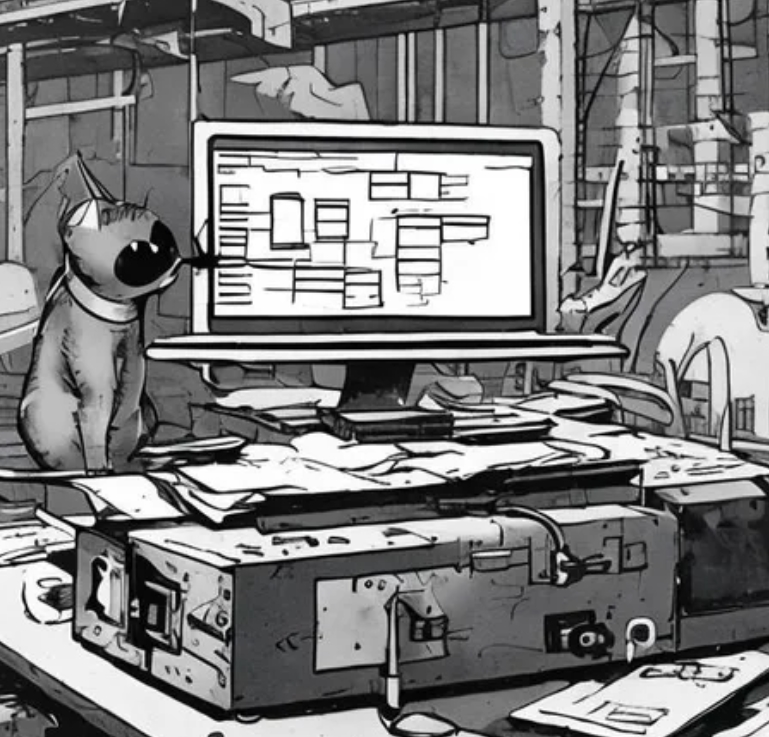Embarking on Your Full-Stack Development Journey
Full-stack development is a versatile and in-demand skill set in the tech industry. This guide will help you navigate the path to becoming a proficient full-stack developer.
Understanding Full-Stack Development
Full-stack development involves working with both the front-end and back-end of web applications. A full-stack developer is capable of handling all aspects of web development, from user interface design to server-side logic and database management.
Essential Skills for Full-Stack Developers
1. Front-End Technologies
Core Languages: 1. HTML5 2. CSS3 3. JavaScript
Frameworks and Libraries: 1. React.js 2. Vue.js 3. Angular
CSS Frameworks: 1. Bootstrap 2. Tailwind CSS
2. Back-End Technologies
Choose a Language: 1. Node.js (JavaScript) 2. Python (Django or Flask) 3. Ruby (Ruby on Rails) 4. Java (Spring)
Server Management: 1. Apache 2. Nginx
3. Databases
Relational Databases: 1. MySQL 2. PostgreSQL
NoSQL Databases: 1. MongoDB 2. Redis
4. Version Control
Essential Tool: 1. Git
Platforms: 1. GitHub 2. GitLab
5. API Development
Concepts: 1. RESTful APIs 2. GraphQL
Tools: 1. Postman 2. Swagger
6. DevOps and Deployment
Cloud Platforms: 1. AWS 2. Google Cloud 3. Microsoft Azure
Containerization: 1. Docker
CI/CD: 1. Jenkins 2. GitLab CI
Learning Roadmap
1. Start with the Basics
- Learn HTML, CSS, and JavaScript fundamentals
- Build static websites to practice
- Understand responsive design principles
2. Dive into Front-End Frameworks
- Choose a framework (React is popular and in high demand)
- Complete online courses or tutorials
- Build interactive web applications
3. Explore Back-End Development
- Select a back-end language (Node.js pairs well with JavaScript)
- Learn server-side programming concepts
- Build simple APIs and server applications
4. Database Management
- Start with a relational database like MySQL
- Learn SQL basics
- Implement database operations in your projects
5. Version Control and Collaboration
- Master Git basics
- Create a GitHub account and contribute to open-source projects
- Learn collaborative workflows
6. Advanced Concepts and Tools
- Explore authentication and security best practices
- Learn about web performance optimization
- Understand the basics of cloud deployment
Best Practices for Learning
- Build projects: Apply your knowledge to real-world projects
- Contribute to open source: Gain experience working on larger codebases
- Stay updated: Follow tech blogs and attend webinars
- Network: Join developer communities and attend meetups
- Practice coding challenges: Improve problem-solving skills on platforms like LeetCode
Resources for Learning
Online Platforms:
- freeCodeCamp
- Codecademy
- Udemy
- Coursera
Documentation:
- MDN Web Docs
- W3Schools
YouTube Channels:
- Traversy Media
- The Net Ninja
- Academind
Podcasts:
- Syntax
- CodeNewbie
- Full Stack Radio
Career Opportunities
Full-stack developers are in high demand across various industries. Some potential career paths include:
- Full-Stack Web Developer
- Software Engineer
- DevOps Engineer
- Technical Lead
- CTO (with experience)
Tips for Success
- Be patient: Learning full-stack development takes time
- Focus on problem-solving: Develop a logical approach to tackling challenges
- Build a strong portfolio: Showcase your projects and skills
- Embrace continuous learning: The tech landscape is always evolving
- Develop soft skills: Communication and teamwork are crucial in development roles
By following this guide and dedicating consistent effort, you'll be well on your way to becoming a proficient full-stack developer. Remember, the journey is as important as the destination, so enjoy the process of learning and creating along the way.


